History of Christmas
In ancient pagan times, the last day of winter in the Northern Hemisphere was celebrated as the night that the Great Mother Goddess gives birth to the baby Sun God. It is also called Yule, the day a huge log is added to a bonfire, around which everyone would dance and sing to awaken the sun from its long winter sleep.In Roman times, it became the celebrations honoring Saturnus (the harvest god) and Mithras (the ancient god of light), a form of sun worship that had come to Rome from Syria a century before with the cult of Sol Invictus. It announced that winter is not forever, that life continues, and an invitation to stay in good spirit.
The first day of winter in the Northern Hemisphere occurs between the 20th and 22nd of December. The Roman celebrated Saturnalia between 17 and 24 December.
The early Christians
To avoid persecution during the Roman pagan festival, early Christians decked their homes with Saturnalia holly. As Christian numbers increased and their customs prevailed, the celebrations took on a Christian observance. But the early church actually did not celebrate the birth of Christ in December until Telesphorus, who was the second Bishop of Rome from 125 to 136AD, declared that Church services should be held during this time to celebrate “The Nativity of our Lord and Saviour.” However, since no-one was quite sure in which month Christ was born, Nativity was often held in September, which was during the Jewish Feast of Trumpets (modern-day Rosh Hashanah). In fact, for more than 300 years, people observed the birth of Jesus on various dates.
AD is short for Anno Domini, or “Year of our Lord,” as proclaimed by the Roman Catholic Church. Some non-Christians prefer the alternative designation “CE” for “Common Era.”
Christmas official, but not generally observed
In 325AD, Constantine the Great, the first Christian Roman emperor, introduced Christmas as an immovable feast on 25 December. He also introduced Sunday as a holy day in a new 7-day week, and introduced movable feasts (Easter). In 354AD, Bishop Liberius of Rome officially ordered his members to celebrate the birth of Jesus on 25 December.
However, even though Constantine officiated 25 December as the birthday of Christ, Christians, recognizing the date as a pagan festival, did not share in the emperor’s good intentions. Christmas failed to gain universal recognition among Christians until quite recently.
In England, for instance, Oliver Cromwell banned Christmas festivities between 1649 and 1660 through the so-called Blue Laws, believing that Christmas should be a solemn day.
When many Protestants escaped persecution by fleeing to the colonies all over the world, interest in joyous Christmas celebrations was rekindled there. Still, Christmas was not even a legal holiday until the 1800s. And, keep in mind, there was no Father Christmas (Santa Claus) figure at that time.
Christmas becomes popular
The popularity of Christmas was spurred on in 1820 by Washington Irving’s book The Keeping of Christmas at Bracebridge Hall.
In 1834, Britain’s Queen Victoria brought her German husband, Prince Albert, into Windsor Castle, introducing the tradition of the Christmas tree and carols that were held in Europe to the British Empire.
A week before Christmas in 1834, Charles Dickens published A Christmas Carol (in which he wrote that Scrooge required Cratchit to work, and that the US Congress met on Christmas Day). It was so popular that neither the churches nor the governments could not ignore the importance of Christmas celebrations.
In 1836, Alabama became the first state in the US to declare Christmas a legal holiday.
In 1837, T.H. Hervey’s The Book of Christmas also became a best seller.
In 1860, American illustrator Thomas Nast borrowed from the European stories about Saint Nicholas, the patron saint of children, to create Father Christmas (Santa Claus).
In 1907, Oklahoma became the last US state to declare Christmas a legal holiday. Year by year, countries all over the world started to recognize Christmas as the day for celebrating the birth of Jesus.
Have a merry Christmas
Today, many of the pagan uses are reflected in Christmas. Jesus was born in March, yet his birth is celebrated on December 25, the time of solstice. The Christmas celebrations end the 12th day of Christmas (January 6), the same amount of days that the return of the sun was celebrated by ancient and Roman pagans. It thus is no surprise that Christian puritans – or even conservative Christians – often are upset that Christmas “is not as religious as it was meant to be,” forgetting that Christmas was not celebrated at all until fairly recently.
Quick Christmas facts

The 25th of December is celebrated as the birth date of Jesus Christ. The Bible does not mention Christmas, and early Christians did not observe the birthday of Christ. Christmas as we know it became widely popular only in the 19th Century.
Christmas starts on December 25 and ends 12 days later on January 6 with the Feast of Epiphany also called “The Adoration of the Magi” or “The Manifestation of God.”

The concept of “Peace and Joy” over the Christmas season originates from the pagan believe in the magical powers of mistletoe. Enemies meeting under a mistletoe had to call truce until the following day.
In Finland and Sweden an old tradition prevails, where the twelve days of Christmas are declared to be time of civil peace by law. It used to be that a person committing crimes during this time would be liable to more stiff sentence than normal.

During the Middle Ages, many churches were built in honor of Saint Nicholas, the patron saint of children. Wearing his red and white bishop’s robes, he would ride on a donkey to deliver gifts to children.
The first Christmas card, which went on sale in 1843, did not feature an image of Santa.
In 1860, illustrator Thomas Nast introduced Santa Claus in the fashion we now know him today, a happy, burly, white-bearded fella in a bright red suit.
The meaning of the word “Christmas”
The word “Christmas” means “Mass of Christ,” later shortened to “Christ-Mass.” The even shorter form “Xmas” – first used in Europe in the 1500s – is derived from the Greek alphabet, in which X is the first letter of Christ’s name: Xristos, therefore “X-Mass.”
Today we know that Christ was not born on the 25th of December. The date was chosen to coincide with the pagan Roman celebrations honoring Saturnus (the harvest god) and Mithras (the ancient god of light), a form of sun worship. These celebrations came on or just after the winter solstice, the shortest day of the year in the northern hemisphere, to announce that winter is not forever, that life continues, and an invitation to stay in good spirit.




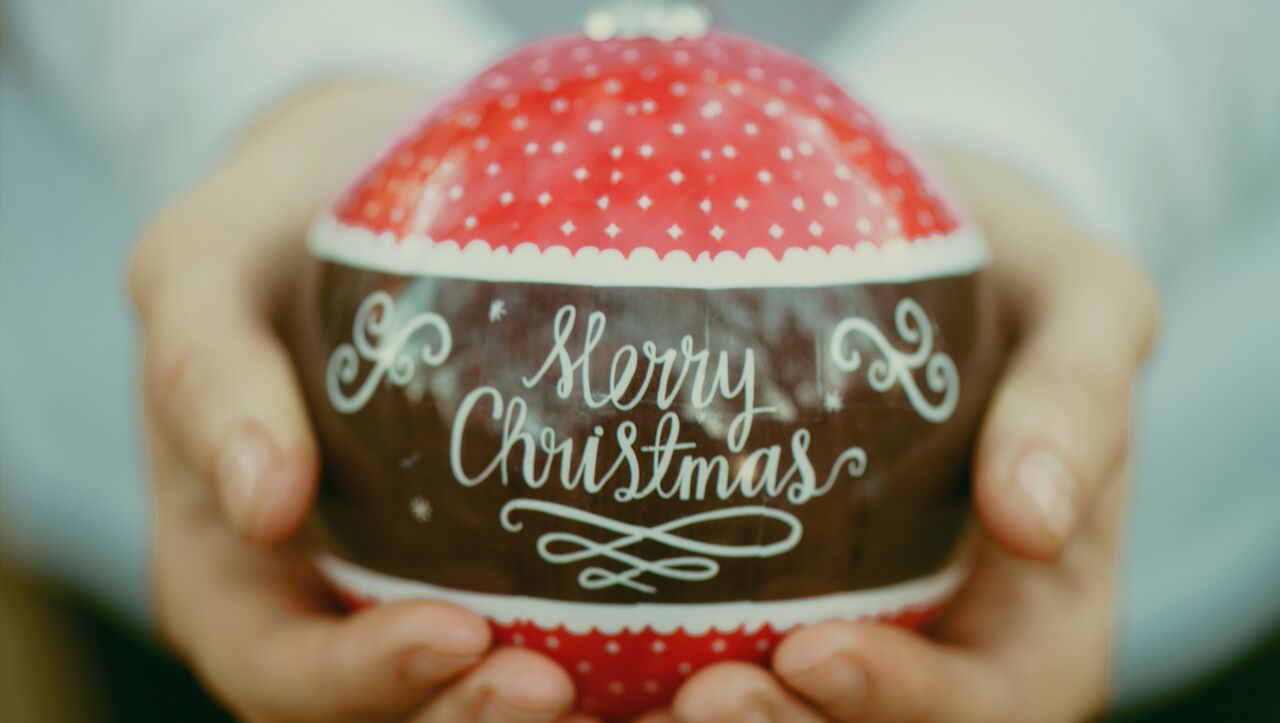

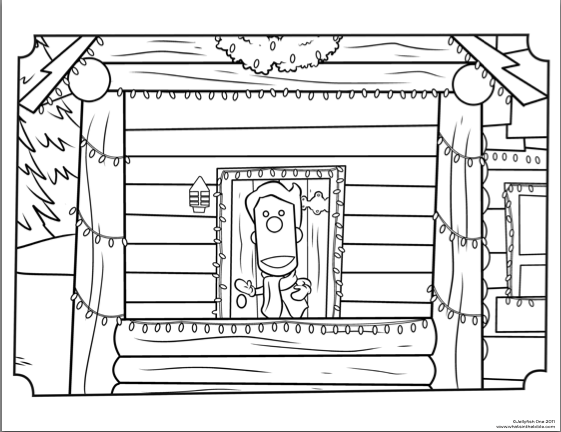





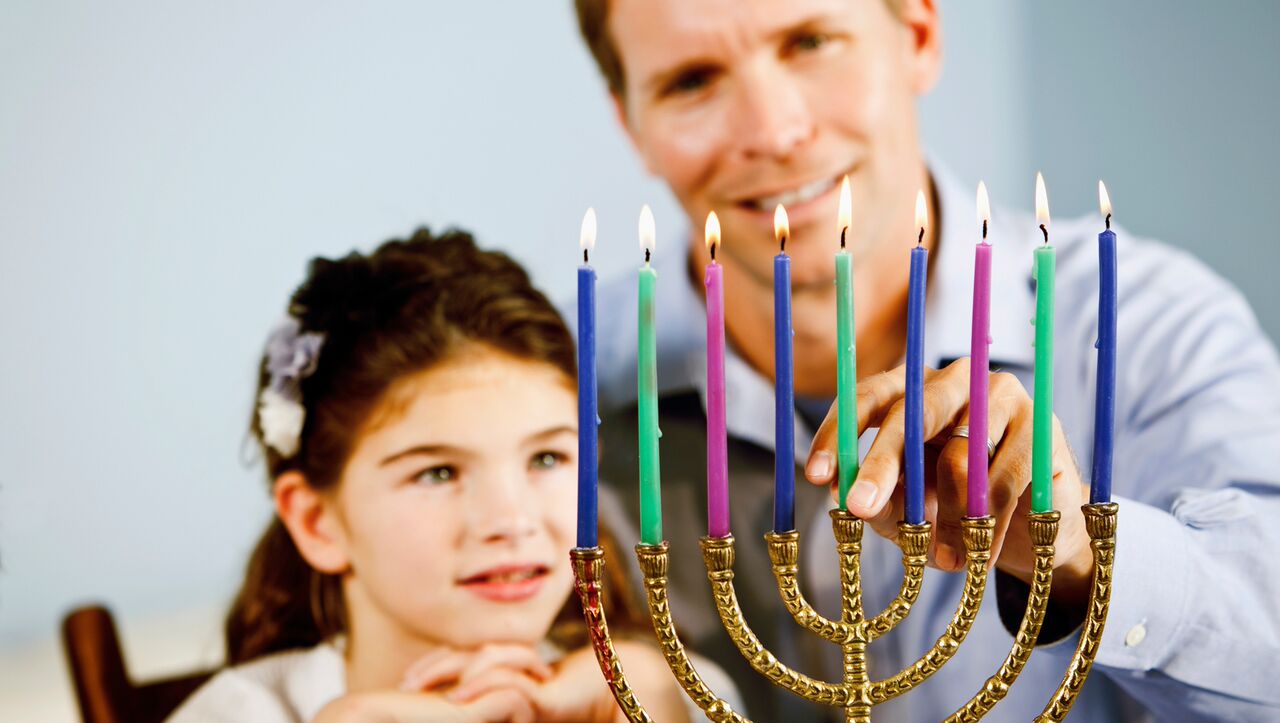





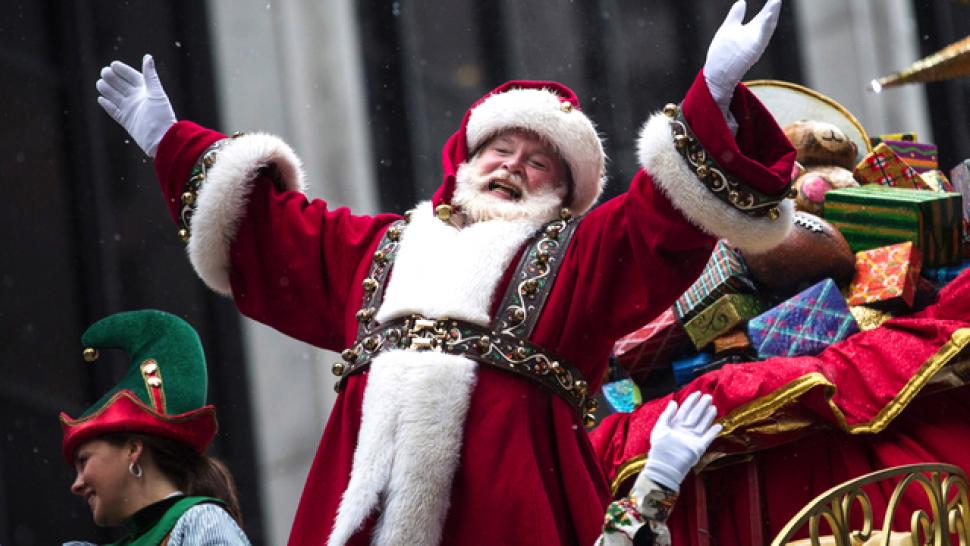
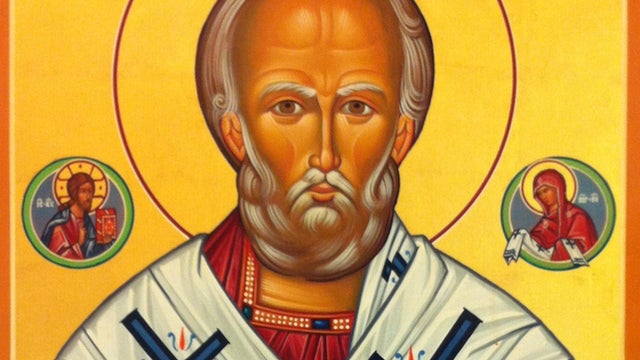
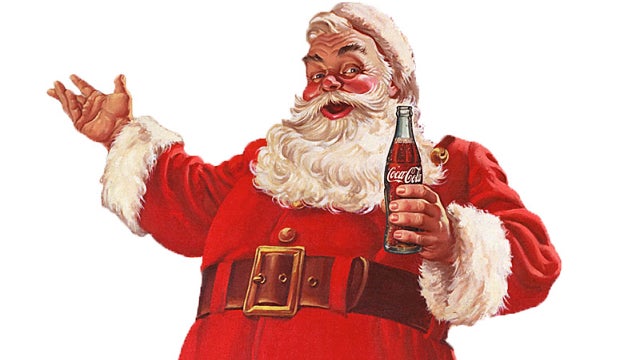
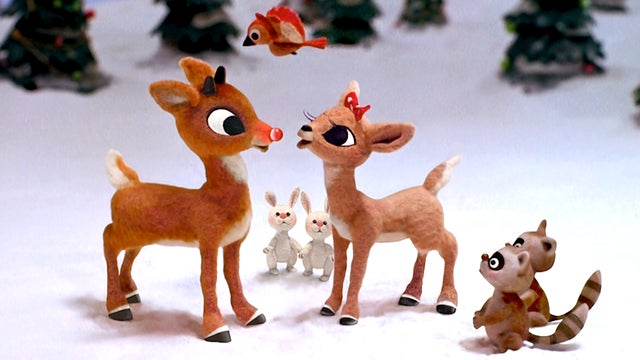
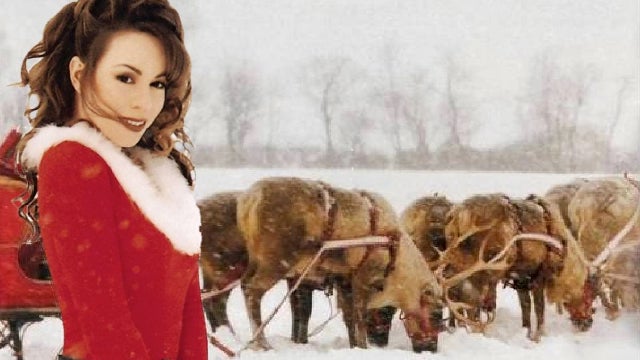
 It is also told that Saint Boniface used the triangular shape of the
fir tree to describe the Holy Trinity of God the Father, Son and Holy
Ghost. By the 12th Century, Christmas trees were hung from ceilings as a
symbol of Christianity. However, in that time, for a reason no one
could yet explain, the trees were hung upside down.
It is also told that Saint Boniface used the triangular shape of the
fir tree to describe the Holy Trinity of God the Father, Son and Holy
Ghost. By the 12th Century, Christmas trees were hung from ceilings as a
symbol of Christianity. However, in that time, for a reason no one
could yet explain, the trees were hung upside down.

 The word “Christmas” means “Mass of Christ,” later shortened to “Christ-Mass.” The even shorter form “Xmas”
– first used in Europe in the 1500s – is derived from the Greek
alphabet, in which X is the first letter of Christ’s name: Xristos,
therefore “X-Mass.”
The word “Christmas” means “Mass of Christ,” later shortened to “Christ-Mass.” The even shorter form “Xmas”
– first used in Europe in the 1500s – is derived from the Greek
alphabet, in which X is the first letter of Christ’s name: Xristos,
therefore “X-Mass.”